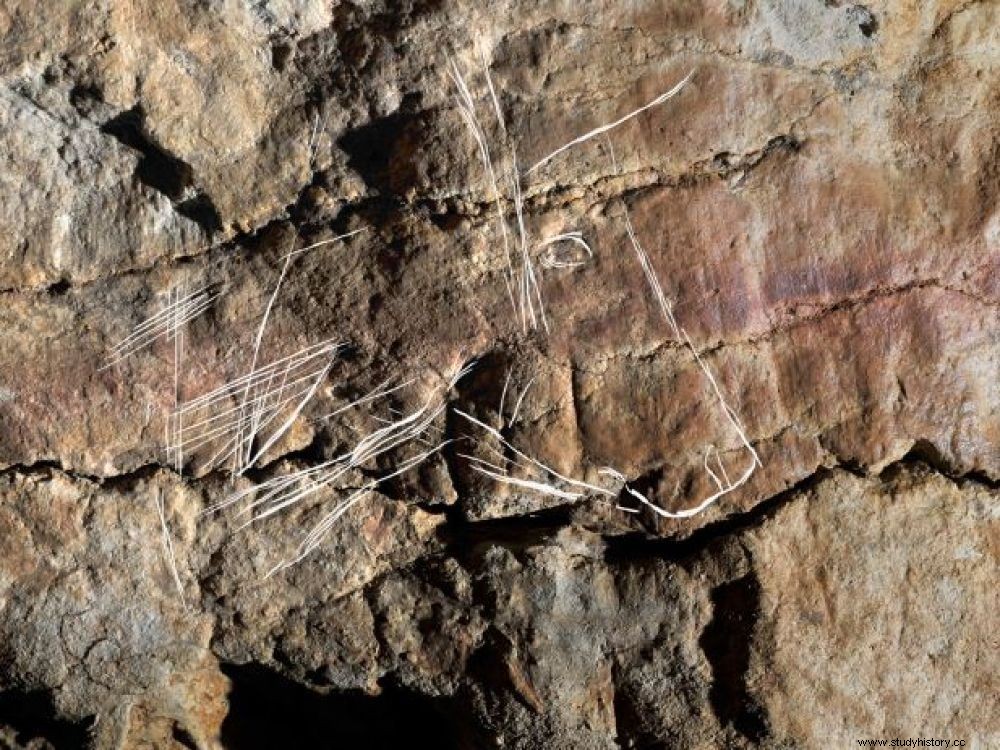Carole Fritz, prehistorian, talks about the work carried out in the decorated cave of Marsoulas (Haute-Garonne) discovered at the end of the 19 th century, almost half a century before the masterpieces of Lascaux, revealing in passing some secrets about his research.

3D reconstruction of an auroch's head engraved on the site of Marsoulas (Haute-Garonne).
In the heart of the middle Pyrenees, near the hamlet of Marsoulas, on the edge of Haute-Garonne and Ariège, a limestone massif protected by a vault of trees conceals the entrance to a prehistoric decorated cavity... A cave little known figure among the most important of Franco-Cantabrian art, this prehistoric culture shared by France and Spain. These are several hundred paintings and fine engravings of bison, horses, ibexes and geometric shapes dated to the Magdalenian period, 16,000 years ago. A skein of parietal works that have been studied for several years, using 3D surveys, by prehistorians Carole Fritz and Gilles Tosello, associated with the TRACES-UMR 5608 laboratory at Toulouse-le-Mirail University.
This year, Sciences et Avenir went to meet them to discover with them the first cave to have been discovered in France in the Pyrenees in 1897. Carole Fritz and Gilles Tosello set themselves the challenge of carrying out an exhaustive survey of all these fragile decorations long threatened by calcite deposits or the passage of visitors, some of whom have unfortunately left graffiti. "The cave of 500 figures" as the site of Marsoulas was called is closed to the public. The article linked to this video can be found in our October 2017 issue, on newsstands September 28.
